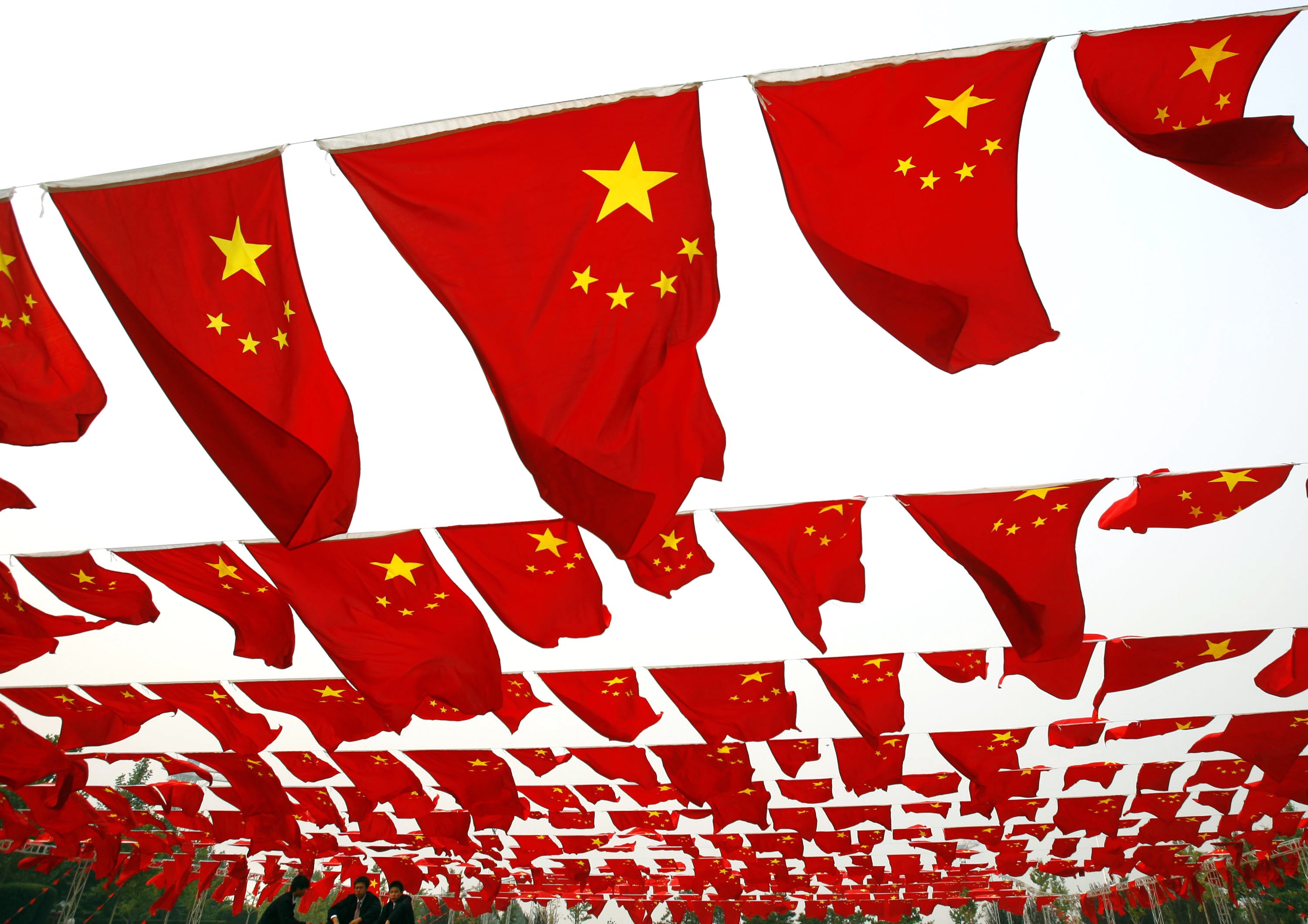China wants to shape the global future of artificial intelligence

China isn’t just investing heavily in AI—its experts aim to set the global standards for the technology as well.
Academics, industry researchers, and government experts gathered in Beijing last November to discuss AI policy issues. The resulting document, published in Chinese recently, shows that the country’s experts are thinking in detail about the technology’s potential impact. Together with the Chinese government’s strategic plan for AI, it also suggests that China plans to play a role in setting technical standards for AI going forward.
Chinese companies would be required to adhere to these standards, and as the technology spreads globally, this could help China influence the technology’s course. Indeed, big Chinese companies including Tencent and Alibaba are rapidly adding AI capabilities to their cloud offerings and selling those services overseas (see “Inside the Chinese lab that wants to wire the world with AI”).
“[The Chinese government] sees standardization not only as a way to provide competitiveness for their companies, but also as a way to go from being a follower to setting the pace,” says Jeffrey Ding, a student at Oxford University’s Future of Humanity Institute who studies China’s nascent AI industry, and who translated the report. The government’s plan cites the way US standards bodies have influenced the development of the internet, expressing a desire to avoid having the same thing happen with AI.
China’s booming AI industry and massive government investment in the technology have raised fears in the US and elsewhere that the nation will overtake international rivals in a fundamentally important technology. In truth, it may be possible for both the US and the Chinese economies to benefit from AI. But there may be more rivalry when it comes to influencing the spread of the technology worldwide.
“I think this is the first technology area where China has a real chance to set the rules of the game,” says Ding.
Ding has also published “Deciphering China’s AI Dream,” a detailed analysis of the Chinese government’s grand AI plan, which was issued last December. An English version of the plan was produced at the time, but it contains fewer details than the original. Ding’s analysis shows the plan is more complicated and nuanced than many previously presumed.
The discussions in November involved representatives from Tencent, one of China’s biggest tech companies with a prominent AI research effort, and from the China Academy of Information, a research institute under the purview of the government’s Ministry of Industry and Information Technology.
Topics discussed in November included other national AI plans (like the one produced by the Obama administration), practical applications of AI, emerging research areas, privacy challenges, bias, and autonomous weapons.
The discussion of privacy is revealing. The document analyzes the privacy approaches taken by different countries, and it describes evolving attitudes and policies in China. A law passed by the National People’s Congress in 2016 provides some rules for companies’ use of personal data. On the other hand, the government has been willing to share personal information such as ID photos with tech companies, and this data is increasingly being used for surveillance.
Most striking, though, Ding’s analysis shows that China’s emerging AI industry is thinking carefully about how to make the most of the technology. “The most interesting thing is the depth of thinking, the breadth of thinking, from policy makers, research institutes, and tech companies,” Ding says. “It vastly exceeds what I expected going in.”
Deep Dive
Artificial intelligence
Large language models can do jaw-dropping things. But nobody knows exactly why.
And that's a problem. Figuring it out is one of the biggest scientific puzzles of our time and a crucial step towards controlling more powerful future models.
Google DeepMind’s new generative model makes Super Mario–like games from scratch
Genie learns how to control games by watching hours and hours of video. It could help train next-gen robots too.
What’s next for generative video
OpenAI's Sora has raised the bar for AI moviemaking. Here are four things to bear in mind as we wrap our heads around what's coming.
Stay connected
Get the latest updates from
MIT Technology Review
Discover special offers, top stories, upcoming events, and more.